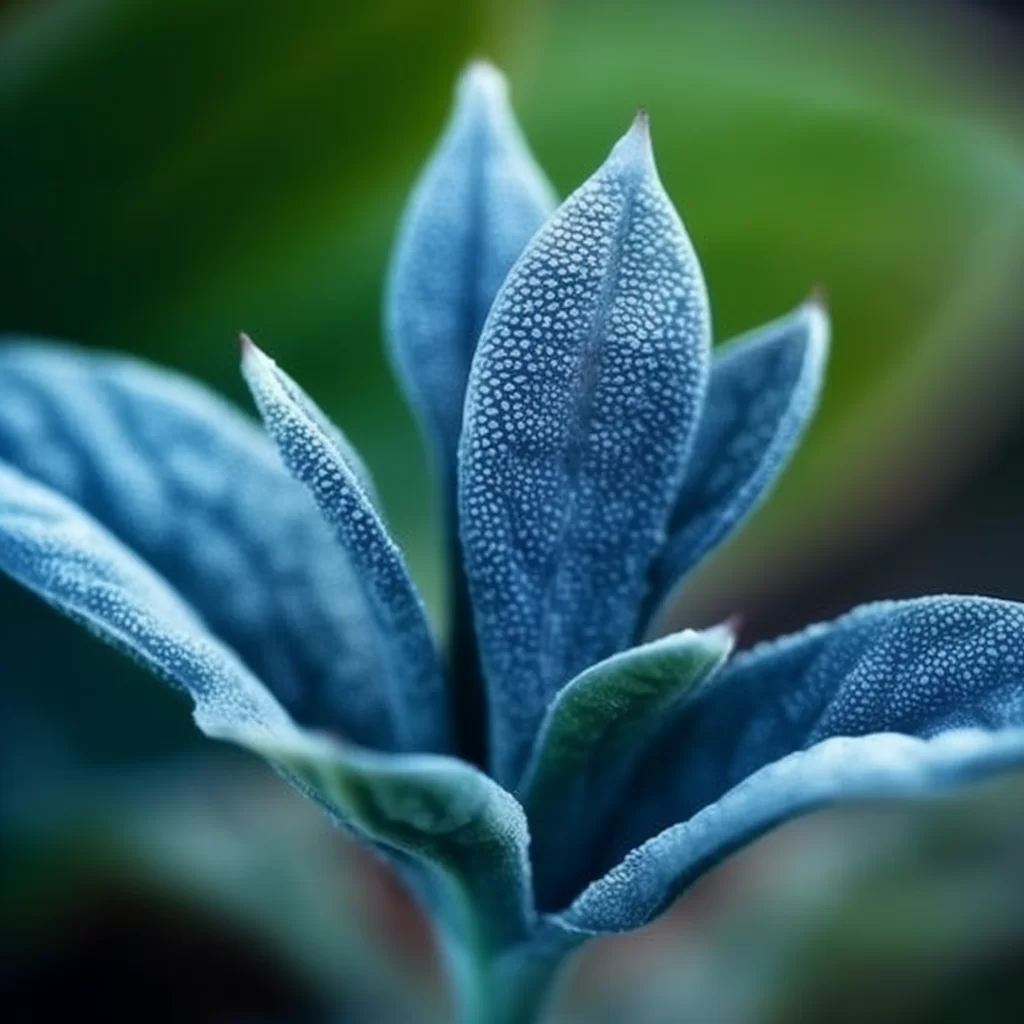Story of Day :
Contents
The Blue Chalk Plant: A Complete Guide and Care Tips
If you’re looking for an unusual plant to add to your collection, consider the blue chalk plant.
This striking succulent is native to South Africa and features silvery-blue leaves that resemble chalk markings.
In this guide, we’ll explore everything you need to know about caring for a blue chalk plant.
Appearance
The blue chalk plant (Senecio serpens) is a low-growing succulent with thin, finger-like leaves that grow up to 4 inches long.
The leaves are bluish-silver in color and covered in fine white hairs that give them a powdery appearance.
When growing conditions are ideal, the blue chalk plant produces small yellow flowers in early summer.
However, the primary appeal of this succulent lies in its unique foliage rather than its blooms.

Care Tips
To keep your blue chalk plant healthy and thriving, follow these care tips:
- Light: The blue chalk plant prefers bright but indirect light.
Avoid placing it in direct sunlight as this can scorch the delicate leaves.
- Temperature: This succulent does best at temperatures between 60-75°F (15-24°C).
- Potting Soil: Use well-draining soil specifically formulated for cacti or succulents.
- Watering: Allow the soil to dry out completely between waterings.
During hot weather or when grown indoors with artificial heating or cooling systems allow even more time for it dry out as they can affect humidity levels causing issues such as root rot – one of the biggest threats to indoor plants like Senecio serpens.
- Fertilizer: A light application of a balanced, water-soluble fertilizer once every two months during growing season can help support plant health.
Propagation

The blue chalk plant is easy to propagate through stem cuttings.
Simply take a cutting that’s at least 4 inches long and allow the cut end to callus over for several days before planting in well-draining soil.
Keep the soil moist but not waterlogged until new growth appears.
This can take between one and three months.
Pests and Diseases
The blue chalk plant is generally resistant to pests and diseases, but it can be susceptible to mealybugs or spider mites if conditions are too humid or if it’s overwatered.
If you notice small white bugs on your succulent or webbing around the leaves, you may have an infestation.
Isolate the affected plant immediately and use insecticidal soap spray , neem oil-based products or natural predators like ladybugs are effective treatments for both mealybugs & spider mites that won’t harm plants while treating pest problems effectively.

Conclusion
The blue chalk plant may not be as well-known as other succulents, but its striking appearance makes it an excellent addition to any collection of indoor plants or outdoor gardens requiring little maintenance.
By following these care tips provided above ensure that your blue chalk succulent stays healthy all year round!